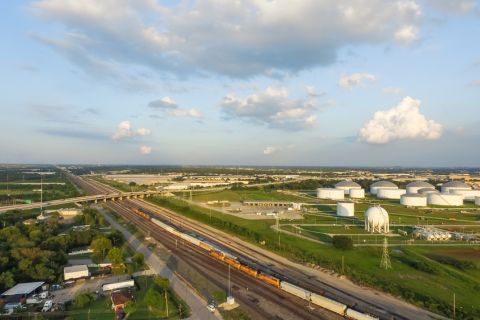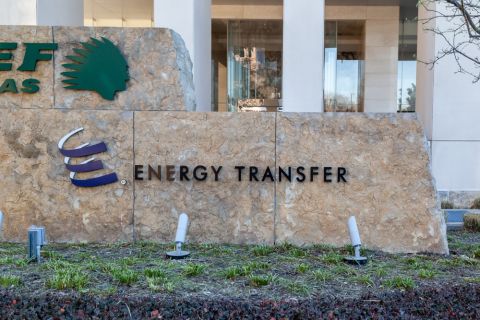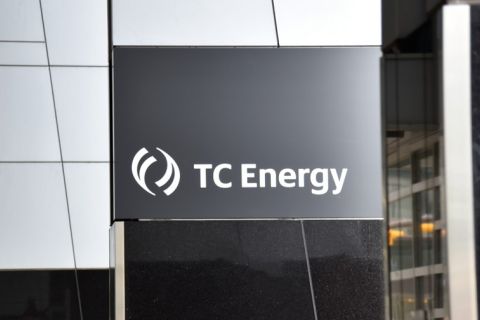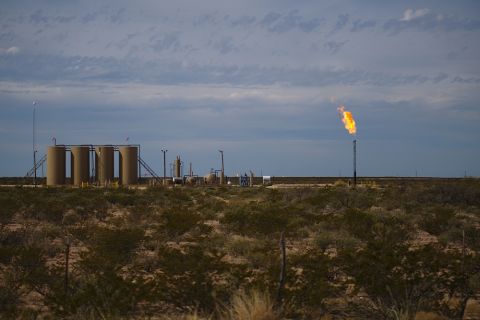Learn more about Hart Energy Conferences
Get our latest conference schedules, updates and insights straight to your inbox.
The infrastructure deal struck by a group of bipartisan senators and President Joe Biden on June 24 includes partial funding by a proposed $6 billion sale from the U.S. emergency oil reserve, according to a document circulated by Republican lawmakers.
A sale of that size equals a drawdown of about 82 million barrels, based on June 24's price of $73/bbl for WTI crude. That represents about 13% of the reserve's current holdings of nearly 624 million barrels of oil, though if prices rise, the volume of oil would shrink.
The deal was a step forward for the $1.2 trillion bipartisan Senate package, but the battle is not over. Biden’s fellow Democrats are also working on a companion bill to include more money to address climate change, but could only be passed on a party line vote in a process called reconciliation.
The effort to pass the bills could extend into September and beyond.
A document released by the White House also confirmed that the deal calls for partial financing by a sale from the Strategic Petroleum Reserve (SPR), but did not say how much money would be raised. The Republican document did not detail the time period over which the sale would take place.
The White House said the deal includes $73 billion for electricity grid improvements, including the building of thousands of miles of transmission lines to deliver power from renewable energy projects, and a new Grid Authority. The investments could help boost use of electric vehicles, reducing demand for fuels refined from crude oil while curbing carbon emissions.
The deal also includes $21 billion for environmental remediation, much of which could go toward cleaning up abandoned coal and hardrock mines and oil and gas wells, while providing jobs in communities that have long relied on work producing fossil fuels.
The SPR, held in several salt caverns on the Texas and Louisiana coasts, has been tapped before to fund the federal government, medical research and a modernization of the facility under laws passed in 2015 and 2016. In 2015, the government agreed to sell 58 million barrels between 2018 and 2025.
Some oil has been sold from the facility to modernize the SPR because its pipes and valves are constantly exposed to salty air and occasionally hit by strong storms, including hurricanes.
The SPR, which holds far more oil than the U.S. is required to under global energy security agreements, has also invested in infrastructure to send oil to markets.
Recommended Reading
Midstream Operators See Strong NGL Performance in Q4
2024-02-20 - Export demand drives a record fourth quarter as companies including Enterprise Products Partners, MPLX and Williams look to expand in the NGL market.
Post $7.1B Crestwood Deal, Energy Transfer ‘Ready to Roll’ on M&A—CEO
2024-02-15 - Energy Transfer co-CEO Tom Long said the company is continuing to evaluate deal opportunities following the acquisitions of Lotus and Crestwood Equity Partners in 2023.
TC Energy’s Keystone Back Online After Temporary Service Halt
2024-03-10 - As Canada’s pipeline network runs full, producers are anxious for the Trans Mountain Expansion to come online.
Enbridge Announces $500MM Investment in Gulf Coast Facilities
2024-03-06 - Enbridge’s 2024 budget will go primarily towards crude export and storage, advancing plans that see continued growth in power generated by natural gas.
Waha NatGas Prices Go Negative
2024-03-14 - An Enterprise Partners executive said conditions make for a strong LNG export market at an industry lunch on March 14.





